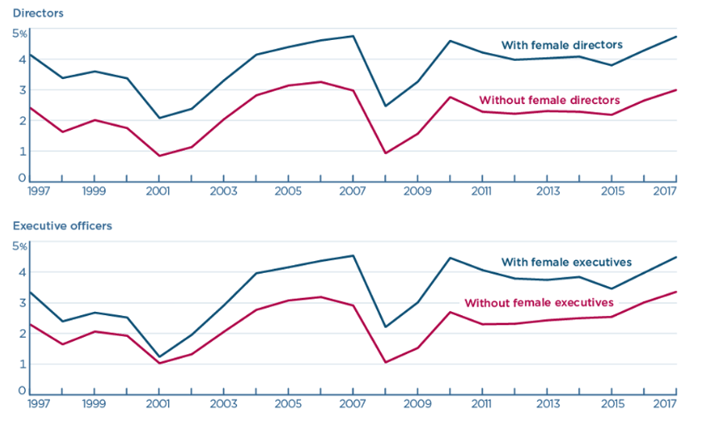Unless you have been living under a rock, you’ll know the evidence is clear that diversity is a benefit for organisations.
Take gender diversity. In a normal world, we would not have to make the "business case" for including women in leadership. Especially when including women on boards and in senior leadership positions has a net positive gain on firm profitability:

This research was based on analysis of 62,000 publicly listed firms in 58 economies between 1997–2017, which together account for more than 92 percent of global GDP
(https://www.piie.com/publications/policy-briefs/women-scaling-corporate-ladder-progress-steady-slow-globally)
It’s hard to think of any rational reason to exclude half of the working population from being fully active members of an organisation. Yet in NZ only 32% of senior executive positions are held by women and there are more NZ businesses with no women at the top table than those with at least one. Of the Fortune 500 companies, only 8% have a female CEO, even though women make up nearly 60% of the workforce.
As our colleague Tomas Chammorro-Premuzic acerbically points out, there does not seem to be a clear business case for having so many men in leadership when engagement rates around the world are low; over 60% of staff would turn down a pay rise to change their boss and 1 in 5 people quit their jobs as a direct consequence of their boss.
These observations got us wondering about whether there is a mismatch between what women want in a leader, and what leaders (mostly male) are delivering.
To find out, we explored our database of detailed feedback on 6000 leaders given by 30,000 of their peers, direct reports and managers via 360 surveys.
We simultaneously collected employment engagement data from the leaders’ teams and statistically compared which leader behaviours predicted male and female team member engagement.
You mean women don’t want the same things as men?
The first thing we found was that men tend to be more invested and involved at work than women - not by much, but still statistically significant. Since we know that engagement is strongly influenced by your manager’s behaviour, we drilled down to learn more.
There were indeed marked differences in the leaders’ behaviours that drove engagement levels in men compared to women. For men, the most important leader behaviours that predicted their engagement levels were:
- adjusts their approach to problems and work;
- creates connection to goals;
- defines success for whole team; and
- effectively coordinates resources.
For women, on the other hand, the most important behaviours were:
- defines outstanding performance (for me);
- manages poor performing staff;
- creates an environment that fosters innovation; and
- respects and utilises the experience of others.
What do we make of these differences?
We’d love to hear what you think. What have you seen in the research or your own organisational experiences that would explain what we see in the data?
Need more information? Contact the Winsborough Team:
winsborough.co.nz | 0800 222 061 | support@winsborough.co.nz
